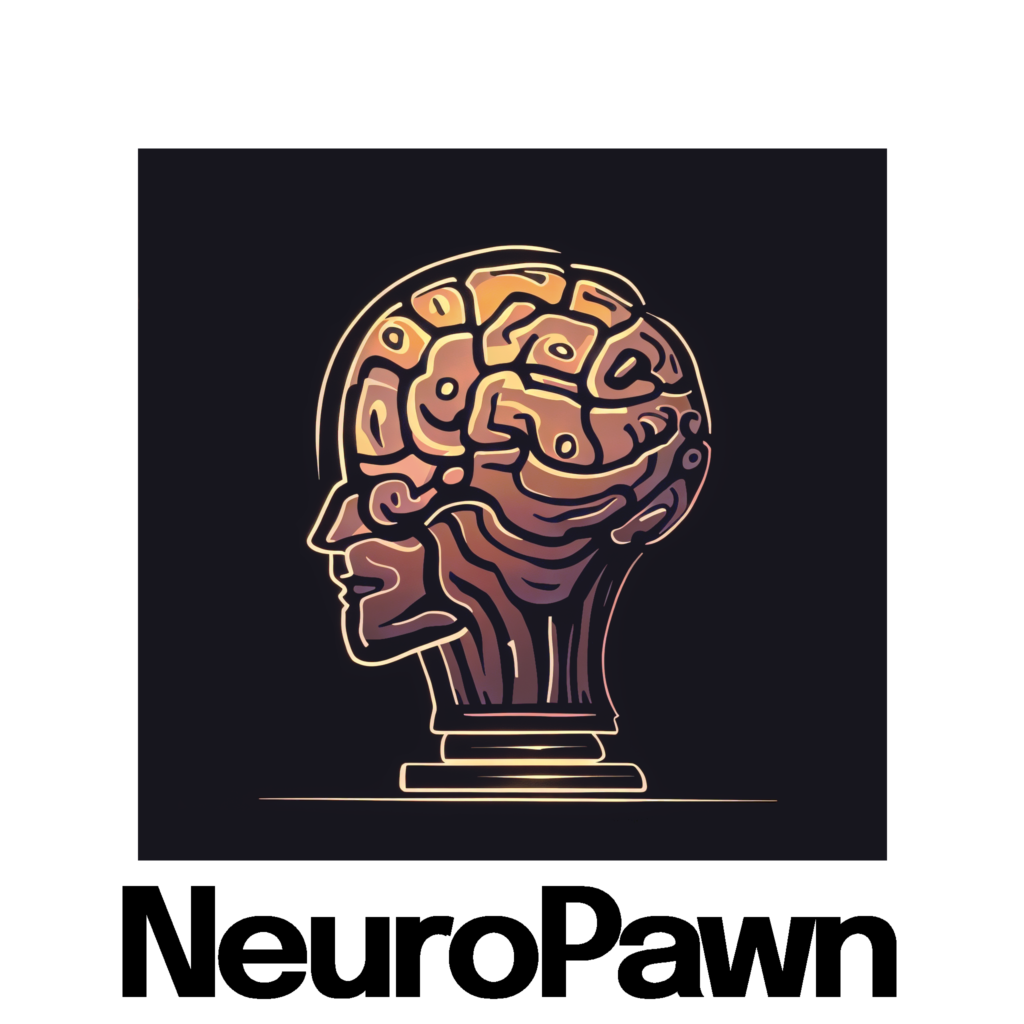Community natHACKS Hackathon Group Uses 2 NeuroPawn Headsets to Achieve Neural Synchrony Abdallah AlwanFeburary 10 2025 Last weekend the Goldilocks team (Hildelith Leyser, Sean Piatt, Ian Goodall-Halliwell, Zijing Wu, Sikanderdeep Singh Kingra, Megh Mistry) created WaveLinks: a neural synchrony detection platform. The purpose of this project was to enhance the patient-therapist connection during psychiatric treatment by evaluating the synchrony of their brainwaves. “This could potentially help therapists adjust in real time, building stronger emotional bonds, reducing stress, and improving outcomes for issues like depression, anxiety, and PTSD. WaveLink makes the invisible connection between patient and therapist visible, creating a new way to improve mental health treatment.” – WaveLink Github https://lnkd.in/e_NMSgQE The used two NeuroPawn Biopotential Kits to obtain EEG-data from the right temporopareital junction of two individuals. They then put the EEG data streams through their SURFER model (Self-sUpervised coRrelation Feature analyzER). This model preprocesses each data stream, puts them through a convolutional neural network, then through a multi-layer perceptron to extract features. Finally, they perform a cross correlational analysis to determine the sync score. What an innovative project by a group of extremely talented and passionate individuals. The combination of ML and Neurotech in this regard, will surely advance our ability to treat mental health issues. We are honored to have been part of this project. Community
